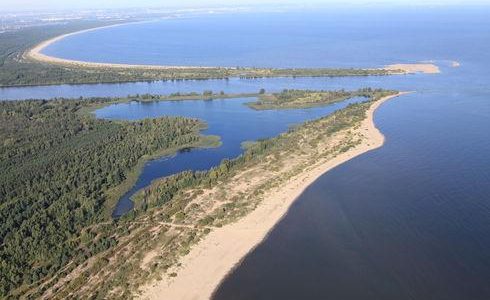Founded by the Voivod of Malbork, Jakuba Wejher, who was the owner of these lands in the 17th Century, there is a legend connected with the origins of the Calvary church of Wejherowo. On a war expedition to Russia, Jakub Wejher, during the siege of Biała, was seriously wounded. He then swore that, if he survived, he would found in his land a church and a monastery. He kept his promise and in 1643 he built the Holy Trinity Church, and, after a few years, a Franciscan monastery and a calvary church.
The construction work began in 1649. Most of the chapels were founded by Jakub Wejher himself, and, after his death, the calvary church was further developed by his descendants and clergymen of Wejherowo and monastery in Oliwa.
The Kashubian Jerusalem consists of 26 chapels, located on the forested hills of the southern part of the town. The distances between the chapels are said to correspond to the distances between the stations of the Christ’s Way of the Cross in Jerusalem. Under each of the buildings there is a handful of the soil from Jerusalem. The hills with the chapels are given biblical names, like the Mount of Olives and Golgotha.
Architectonically, the chapels of the Calvary church of Wejherowo are unique works of Baroque art in Pomerania. The most interesting buildings are the chapel of Ascension of the Lord, the Garden of Gethsemane, the Pilate’s Palace, the chapel of the station where Jesus Meets His Blessed Mother, Herod’s Palace, the Three Crosses Church and Christ’s Tomb.
Kashubian Jerusalem is a place of numerous religious events. There are five church fairs per year, and the Way of the Cross, celebrated on every Friday of Lent. An increasingly popular event is the Passion Play, staged every Good Friday. It is a staging of Christ’s Way of the Cross, with actors, extras and large numbers of pilgrims and tourists.


















